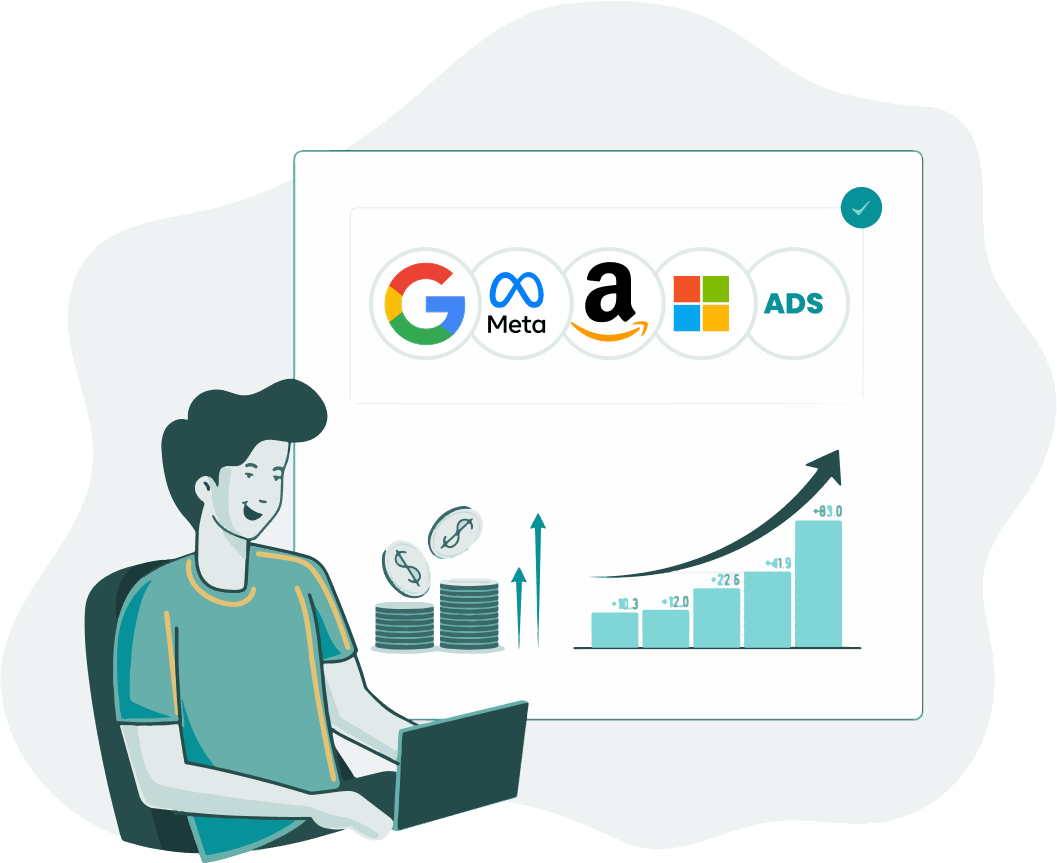Location targeting is a way for advertisers to clearly specify the location they want their ads to show. It is a crucial aspect for any ad campaign.
Advertisers can choose different content for their ads based on geographic locations. Many advertisers, however, stumble in setting it up due to its non-intuitive UI, or they incorrectly estimate the reach of their campaign budget.
It’s important to honor the rules of engagement for different ad network location targeting. Applying the same strategies across all networks may not yield the best results.
In this article, we’ll dissect the major ad networks’ location targeting options and offer some general rules on how to approach location targeting. Our goal is to provide a framework to guide you rather than specific instructions to follow.
Basics of location targeting
When selecting a location to target, you can choose:
- To target the exact location
- A radius around it
- Nearby/related locations.
You can target specific elements like ZIP codes, cities, DMAs (Designated Market Areas), or countries. County or DMA targeting may have overlaps depending on how they are defined.
If you manage campaigns for multiple locations with designated budgets, consider using ZIP code exclusions while using county or DMA targets. Adding a location to a campaign provides a focus for the campaign. However, including too many locations in a single campaign can hinder budget efficiency.
It is generally recommended to target no more than five major locations and preferably avoid multiple time zones within a single campaign. If your campaign targets the entire United States, ensure your budget covers the entire country and that your creative aligns with various regions to avoid message translation issues.
Why is adding exclusions important?
Exclusions work in the same way as targeting; they allow you to exclude specific spots or radii. The most effective practice is to identify specific exclusions within a radius or set overlapping exclusions to protect a specific location.
Let’s say you’re managing several locations on a single ad account and need to ensure each location receives its individual budget. In this case, you’d want to avoid budget overlaps that might divert leads meant for one location to another. This is where exclusions prove invaluable.
What location metrics should you monitor?
When setting your locations, you’ll also have access to metrics per location. If a particular location is not getting sufficient exposure or if the cost per engagement is too high, it might be time to reassess whether that location deserves your budget.
Optmyzr’s geo-mapping and value based bidding rules can help assess and action these insights.
The main metrics to consider in location targeting are:
- Average CPC: competitiveness as well as cost of living
- CTR: are you speaking in the language of your prospects by location?
- Conversion Rate: is a location a prime location for your prospects?
Location targeting rules of engagement for different ad platforms
Now, let’s dive into the specific rules of engagement for each major ad network. It’s worth noting that this post was written based on the current rules of each platform, and we will update it if any changes occur.
Google Ads’ location targeting functions at the campaign level. Thus, you should treat each location as a campaign objective. When combining multiple locations in a single campaign, consider the search patterns, auction price, and customer profitability in those areas. One crucial point is that Google Ads operates based on the account’s time zone, not the user’s. Hence, consider this when structuring your ad schedules and optimizing campaigns.
Microsoft
Microsoft’s location targeting is similar to Google’s but with a few crucial differences. Location targeting can be set at an ad group level, which can simplify your campaign structure. Also, since ads serve in the user’s time zone, scheduling can be more precisely aligned with your target audience’s habits. These factors make Microsoft Ads potentially more effective for advertisers struggling with budget and servability issues on Google.
Read*:* 7 powerful optimization tips to get more conversions from your Microsoft Ads
With Facebook, the most specific campaign settings, including location targeting, operate at the ad set level. However, Facebook’s robust audience network offers more flexibility and specificity when it comes to location-based targeting. Remember, though, that targeting too small a location may result in your ads not being served, due to privacy-first web considerations.
Amazon
Amazon differs slightly as it allows anyone, anywhere to purchase from your product line, making location targeting less important. However, if there are areas where you don’t want your ads to be served, exclusions are available.
LinkedIn’s location targeting rules mirror those of Facebook, with the ad set being more important than the campaign. However, given the types of ads that LinkedIn runs, it’s crucial to carefully consider the type of campaign and creative you intend to use.
Final Takeaways
In conclusion, effective location targeting can be complex but it’s an essential component of successful ad campaigns. We hope this guide helps you navigate the unique location targeting settings across these major ad networks.
Continue reading: Learn how WebMechanix used value-based bidding to generate 30% higher quality leads for their client.









